The DIRECTORS project took part in the 4th STEM Teachers’ Meeting, held on Tuesday, September 2, 2025, at the Faculty of Electrical Engineering and Computing, University of Zagreb (FER). The event gathered more than 250 teachers, professors, and principals from primary and secondary schools across Croatia. FER traditionally organizes this event at the beginning of the school year, providing teachers with an opportunity for professional development, insights into new trends in STEM education, and the exchange of best practices. The Croatian Education and Teacher Training Agency (AZOO) recognized the Meeting as official teacher training.
In his opening address, FER Dean Prof. Vedran Bilas, PhD, emphasized that schools and universities do not only shape future STEM experts, but also people who think critically and responsibly – which is the foundation of a better society. This message set the tone for the entire event, focused on sharing experiences and developing teaching content that fosters curiosity, exploration, and collaboration.
The Meeting program was divided into two parts. The morning featured four lectures on current topics – from the question of whether a computer can be a better teacher than a human, through the impact of artificial intelligence on education, to challenges in the energy sector and the centenary of quantum mechanics. The afternoon was reserved for workshops where participants could try out new teaching methods and materials.
Among them were two workshops developed within the Erasmus+ project DIRECTORS – DIgital data-dRiven EduCaTion fOR kidS.
Data sources: how much can we trust technology?
The workshop was led by Ivana Bosnić (Faculty of Electrical Engineering and Computing, University of Zagreb). Using real-world examples, she showed how to collect data from different sources – ranging from very simple to technologically advanced – how to assess their quality, and how to critically analyze the results.
The workshop was based on the example of step counting and distance measurement. Participants were introduced to various data sources: manual counting, mobile phone apps, smartwatches/fitness trackers, Google Maps, and GPS logs from mobile phones.
How to introduce spatial data to pupils? GIS through layers and play
The workshop was led by Ana Kuveždić Divjak (Faculty of Geodesy, University of Zagreb). Through practical tasks, participants became familiar with the basics of geographic information systems (GIS) and spatial mapping.
Using the example of mapping the school environment, they first drew individual elements (buildings, trees, roads, playgrounds) on transparent sheets, visually illustrating the principle of layering spatial data – a fundamental concept of GIS. Afterwards, they were introduced to a digital detective game, where GIS layers and spatial data are used to solve tasks and puzzles in search of a target location.
Both workshops demonstrated how DIRECTORS project content can be easily integrated into teaching in lower primary grades, helping teachers encourage exploration, critical thinking, and data understanding among pupils. Each workshop was held twice, with a total of 87 participants.
Participation in the STEM Teachers’ Meeting was an opportunity to present the project to a wider community of teachers, share developed materials, and spark discussion on how to make data and geodata literacy part of everyday school experience.
All educational materials developed within the DIRECTORS project are comprehensive, adaptable, open, and accessible, and are available on our website under the Resources section.
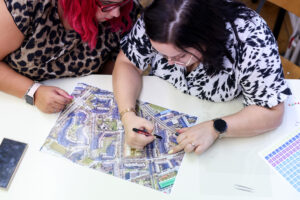
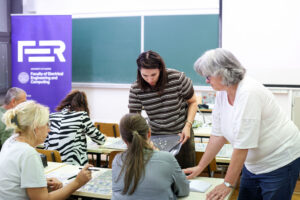
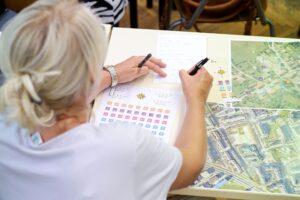
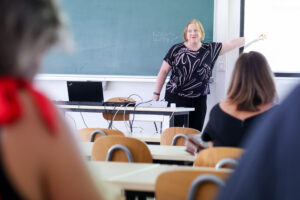
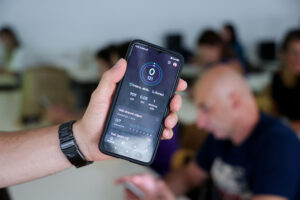
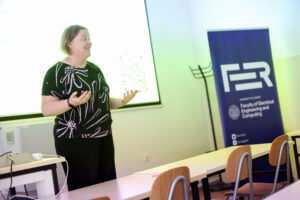
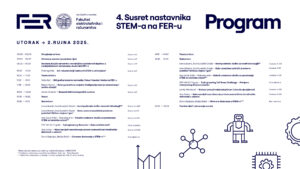
Photos: FER